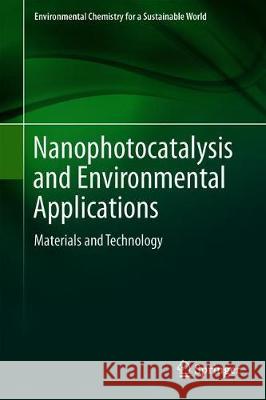Nanophotocatalysis and Environmental Applications: Materials and Technology » książka
topmenu
Nanophotocatalysis and Environmental Applications: Materials and Technology
ISBN-13: 9783030106089 / Angielski / Twarda / 2019 / 336 str.
Kategorie:
Kategorie BISAC:
Wydawca:
Springer
Seria wydawnicza:
Język:
Angielski
ISBN-13:
9783030106089
Rok wydania:
2019
Wydanie:
2019
Ilość stron:
336
Waga:
0.84 kg
Wymiary:
23.5 x 15.5
Oprawa:
Twarda
Wolumenów:
01











